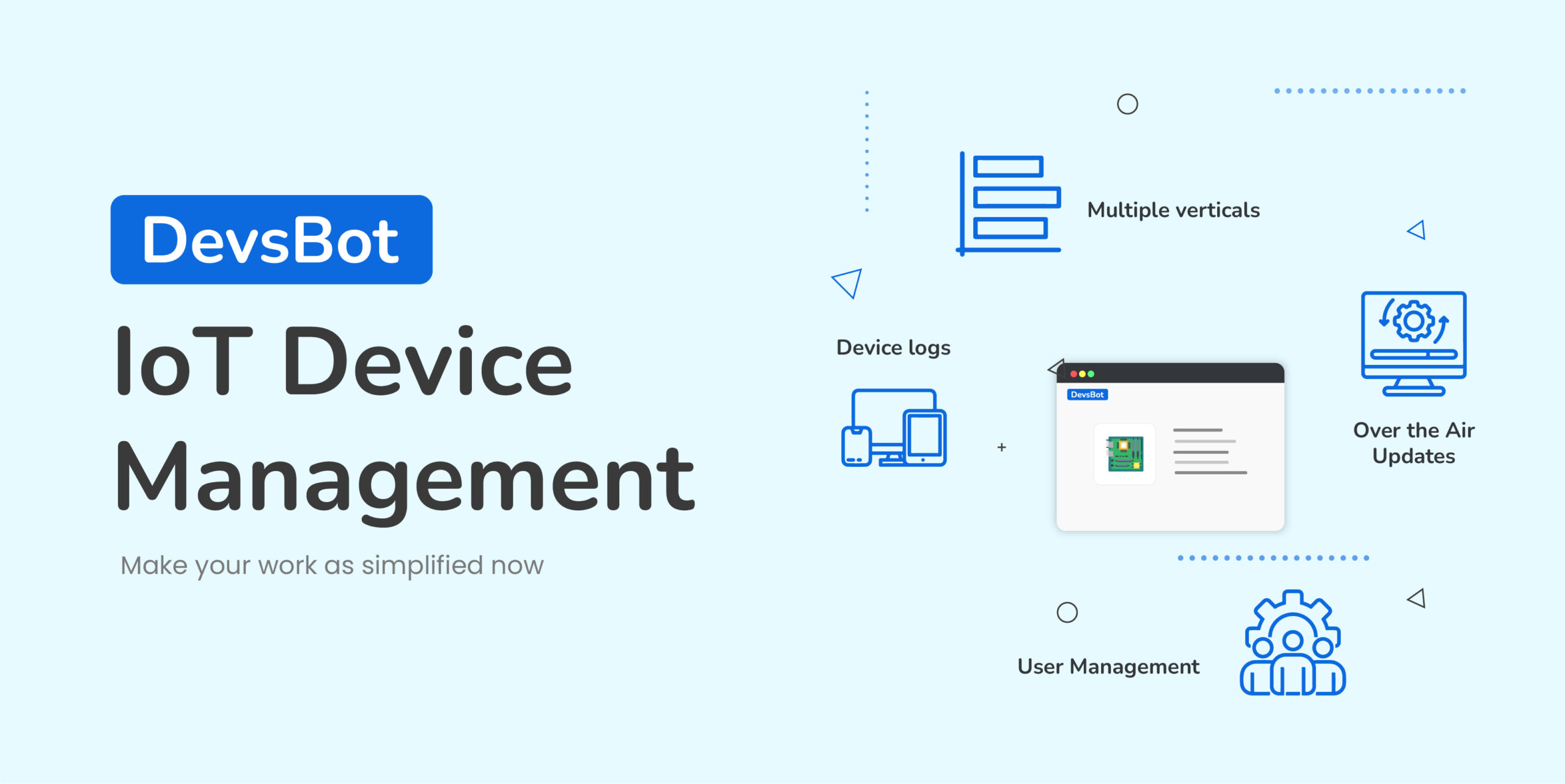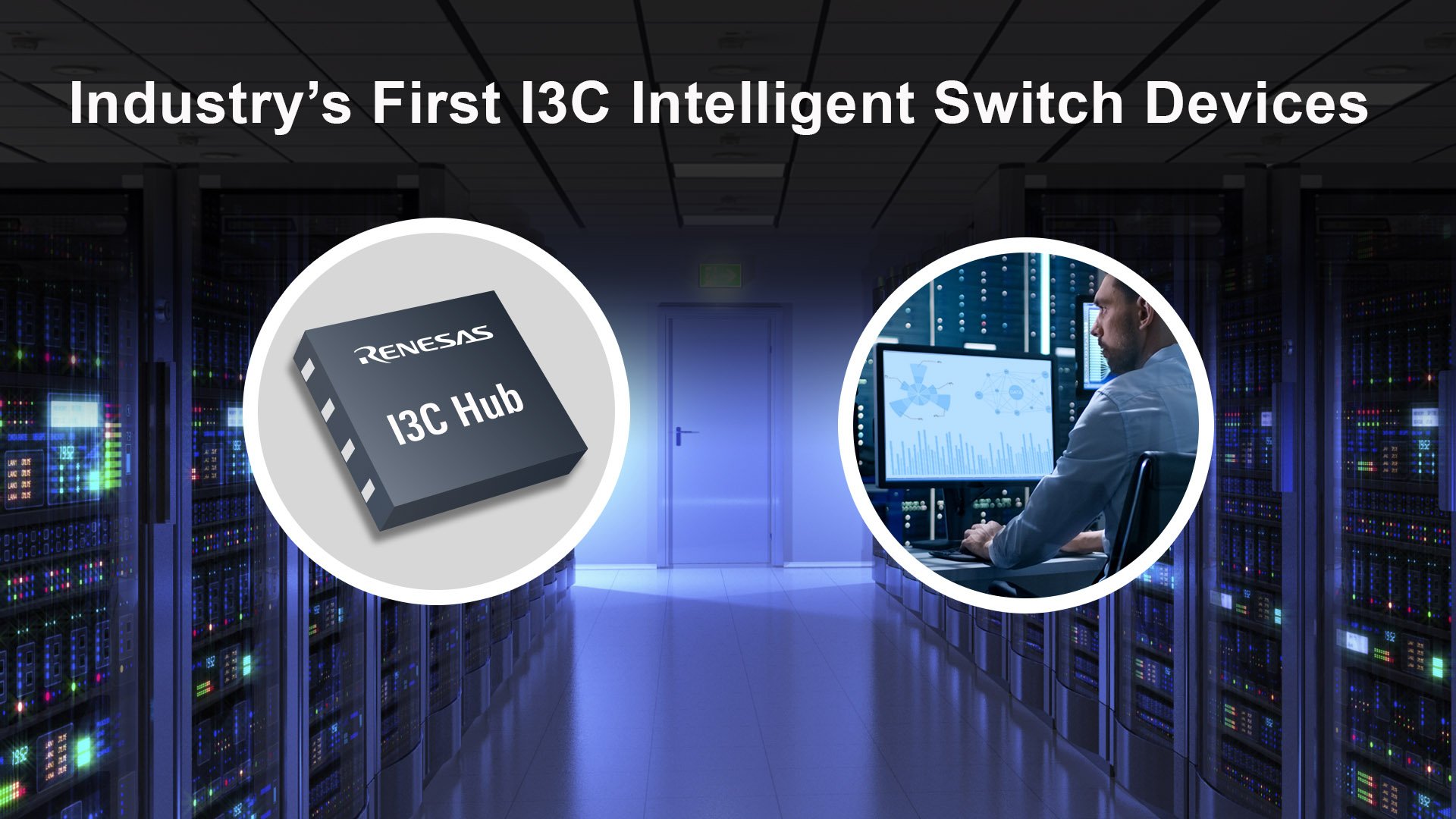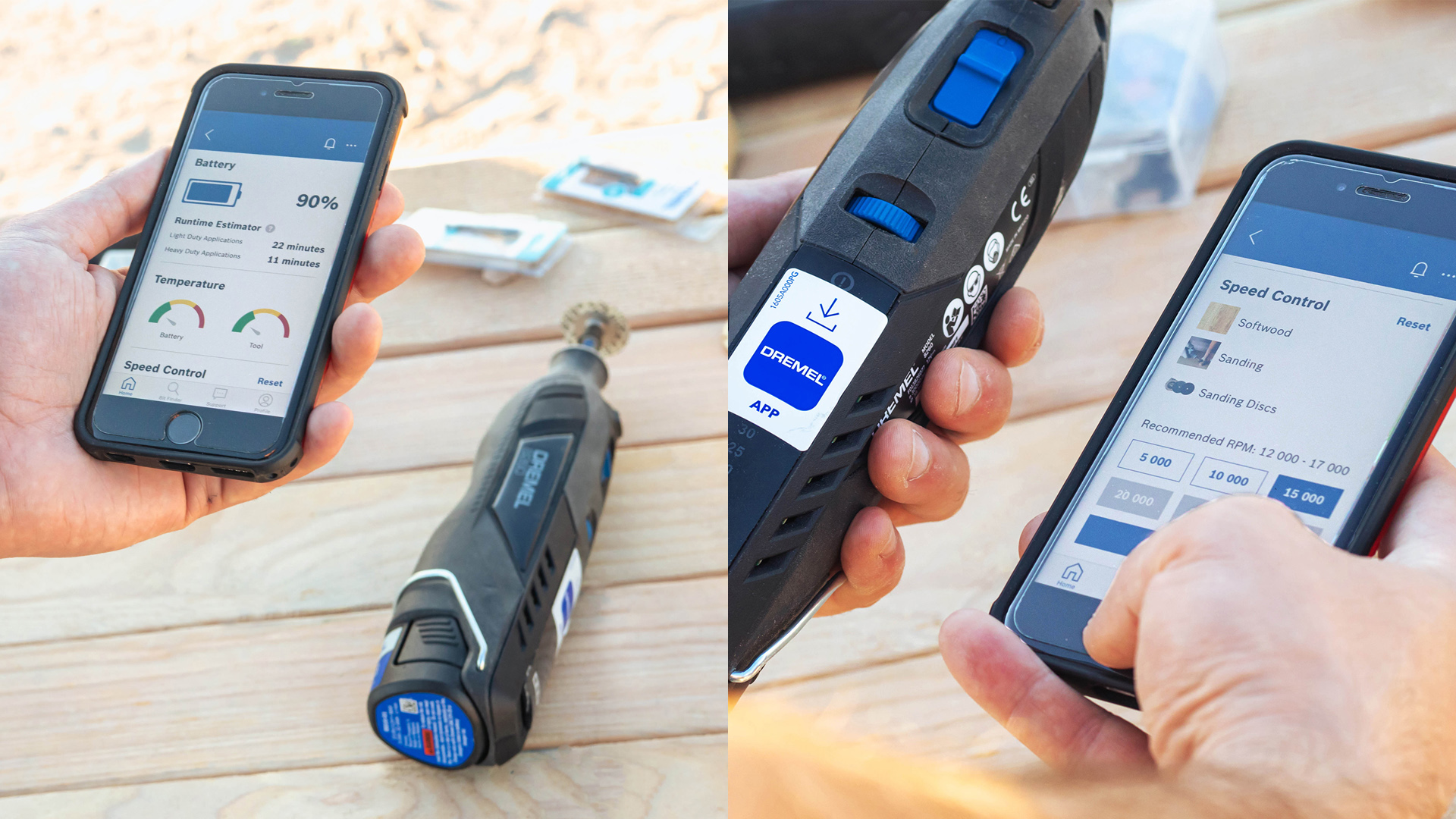Mastering Device Management Platform IoT: A Comprehensive Tutorial For Beginners
Let's talk about device management platform IoT because it’s the future of connectivity, efficiency, and innovation in tech. Imagine a world where every device you own works seamlessly together, from your smart fridge to your industrial sensors. That's not just a dream—it’s happening right now, and understanding device management platforms is your ticket to riding this wave of technology. Whether you're a hobbyist, an entrepreneur, or a tech enthusiast, this tutorial will guide you through the ins and outs of managing IoT devices like a pro.
Device management platform IoT is more than just a buzzword; it’s the backbone of modern smart systems. From agriculture to healthcare, and from smart homes to industrial automation, IoT devices need a robust system to keep them running smoothly. This is where a good device management platform comes in. Think of it as the brains behind the operation, ensuring everything from security to performance is top-notch.
But here’s the thing—getting started with IoT device management can feel overwhelming if you don’t know where to begin. That’s why I’m here. This guide will break down everything you need to know, step by step, so you can confidently dive into the world of IoT. Let’s roll up our sleeves and get to work.
- How Old Is Paula Abdul Discovering The Iconic Journey Of A Pop Culture Legend
- Why Getting Braces As An Adult In Glens Falls Is A Smart Move
Table of Contents
- What is IoT and Why It Matters?
- Understanding Device Management Basics
- Key Features of a Device Management Platform
- How to Choose the Right Device Management Platform
- Step-by-Step Tutorial to Set Up Your Device Management Platform
- Securing Your IoT Devices
- Ensuring Scalability and Performance
- Real-World Use Cases of IoT Device Management
- Top Tools and Platforms for Managing IoT Devices
- The Future of Device Management in IoT
- Conclusion: Take Action Today
What is IoT and Why It Matters?
IoT, or the Internet of Things, is essentially the network of physical objects—devices, vehicles, appliances, etc.—embedded with sensors, software, and connectivity that allows them to exchange data. Think about it: your smartwatch sending health data to your phone, or your home thermostat adjusting itself based on weather forecasts. These are all examples of IoT in action.
But why does IoT matter? Well, it’s all about efficiency and convenience. Businesses can optimize operations, reduce costs, and improve customer experiences. For consumers, it means smarter homes, better health monitoring, and more personalized services. Device management platform IoT ties all these devices together, ensuring they communicate effectively and securely.
Why Device Management is Crucial in IoT?
Managing IoT devices isn’t as simple as plugging them in and letting them run. You’ve got firmware updates, security patches, data analytics, and more to worry about. A device management platform ensures all these tasks are handled efficiently, reducing downtime and potential security risks.
- Alicia Menendez Msnbc Husband The Inside Scoop On Love Career And Life
- St Leonards Vitaland Your Ultimate Guide To Living In Style And Comfort
Understanding Device Management Basics
Let’s break down the basics of device management. At its core, device management involves monitoring, maintaining, and securing connected devices. Here are some fundamental aspects:
- Device Onboarding: Adding new devices to the network.
- Device Monitoring: Keeping track of device performance and health.
- Firmware Updates: Ensuring devices are running the latest software versions.
- Security Management: Protecting devices from cyber threats.
Understanding these basics is crucial because they form the foundation of any successful IoT deployment.
Key Features of a Device Management Platform
When evaluating a device management platform IoT, there are certain features you should look out for:
- Remote Management: The ability to manage devices from anywhere.
- Scalability: The platform should be able to handle growing numbers of devices.
- Security: Robust security features to protect your devices and data.
- Analytics: Tools to analyze device data and gain insights.
These features ensure your IoT devices are not only managed but also optimized for performance and security.
What Makes a Good Device Management Platform?
A good device management platform IoT is one that balances ease of use with powerful functionality. It should be intuitive enough for beginners but flexible enough for advanced users. Plus, it should integrate seamlessly with other systems you might be using.
How to Choose the Right Device Management Platform
Choosing the right platform can make or break your IoT project. Here are some tips:
- Define Your Needs: What do you need the platform to do? Is it for personal use or enterprise-level deployment?
- Evaluate Features: Does the platform offer the features you need, like remote management and analytics?
- Check Reviews: Look for user reviews and case studies to see how the platform performs in real-world scenarios.
Remember, the right platform is one that aligns with your specific goals and requirements.
Step-by-Step Tutorial to Set Up Your Device Management Platform
Ready to set up your own device management platform? Here’s a step-by-step guide:
Step 1: Choose Your Platform
Start by selecting a platform that fits your needs. Some popular options include AWS IoT Device Management, Microsoft Azure IoT Hub, and Google Cloud IoT Core.
Step 2: Set Up Your Devices
Once you’ve chosen a platform, it’s time to onboard your devices. This usually involves registering each device with the platform and setting up any necessary configurations.
Step 3: Configure Security Settings
Security is paramount. Make sure to configure security settings, such as encryption and authentication, to protect your devices and data.
Step 4: Monitor and Maintain
Finally, start monitoring your devices and maintaining them regularly. This includes checking for firmware updates, troubleshooting issues, and analyzing performance data.
Securing Your IoT Devices
Security is one of the biggest concerns with IoT devices. Hackers can exploit vulnerabilities in connected devices to gain access to sensitive information. Here’s how you can secure your IoT devices:
- Use Strong Authentication: Implement strong authentication methods, such as two-factor authentication.
- Encrypt Data: Ensure all data transmitted between devices is encrypted.
- Regular Updates: Keep your devices updated with the latest firmware and security patches.
By following these best practices, you can significantly reduce the risk of security breaches.
Ensuring Scalability and Performance
As your IoT deployment grows, so will the number of devices you need to manage. Here’s how you can ensure scalability:
- Choose a Scalable Platform: Select a platform that can handle increasing numbers of devices.
- Optimize Performance: Regularly monitor performance and make adjustments as needed.
- Plan for Growth: Have a plan in place for scaling your deployment as your needs grow.
Scalability ensures your IoT system can grow with your business without compromising performance.
Real-World Use Cases of IoT Device Management
To give you a better idea of how device management platform IoT works in practice, here are some real-world use cases:
Smart Agriculture
Farmers use IoT sensors to monitor soil moisture, weather conditions, and crop health. A device management platform ensures these sensors are functioning properly and provides valuable data for optimizing crop yields.
Healthcare
Hospitals use IoT devices for patient monitoring, inventory management, and more. A robust device management platform ensures these devices are always online and secure.
Industrial Automation
Manufacturers use IoT devices to monitor equipment performance and predict maintenance needs. A device management platform helps streamline these operations, reducing downtime and costs.
Top Tools and Platforms for Managing IoT Devices
Here are some of the top tools and platforms for managing IoT devices:
- AWS IoT Device Management: A powerful platform for managing large fleets of IoT devices.
- Microsoft Azure IoT Hub: Offers robust features for device management and analytics.
- Google Cloud IoT Core: Provides a scalable solution for managing IoT devices.
Each of these platforms has its own strengths, so choose the one that best fits your needs.
The Future of Device Management in IoT
The future of device management platform IoT looks bright. As more devices become connected, the demand for effective management solutions will only grow. We can expect to see advancements in AI-driven analytics, improved security measures, and even more seamless integration with other systems.
Staying ahead of the curve means keeping up with the latest trends and technologies in IoT device management. By doing so, you can ensure your deployments remain efficient, secure, and scalable.
Conclusion: Take Action Today
In conclusion, mastering device management platform IoT is essential for anyone looking to harness the power of connected devices. From understanding the basics to setting up your own platform, this tutorial has provided you with the knowledge and tools you need to succeed.
So, what are you waiting for? Dive into the world of IoT and start managing your devices like a pro. Leave a comment below to share your thoughts or ask any questions. And don’t forget to check out our other articles for more insights into the exciting world of technology.



Detail Author:
- Name : Bessie Lakin
- Username : hintz.selena
- Email : nschuster@hotmail.com
- Birthdate : 1972-06-14
- Address : 7529 Schulist Glens Apt. 005 Zboncakchester, OR 17728-3071
- Phone : 540.402.2550
- Company : Sauer Ltd
- Job : Soil Scientist
- Bio : Veniam eveniet quisquam error sapiente et adipisci. Minus repudiandae sunt nam architecto nam repellendus esse. Recusandae non ad occaecati est qui ab.
Socials
linkedin:
- url : https://linkedin.com/in/sawayn1976
- username : sawayn1976
- bio : Repudiandae a perspiciatis impedit quos.
- followers : 419
- following : 1911
instagram:
- url : https://instagram.com/evalyn_official
- username : evalyn_official
- bio : Sint ut quos cupiditate et officia. Dolorem non est cum sit molestiae voluptatem voluptatem optio.
- followers : 1117
- following : 361
tiktok:
- url : https://tiktok.com/@evalyn_real
- username : evalyn_real
- bio : Voluptatem facilis qui rem suscipit nisi. Totam qui amet doloribus quaerat.
- followers : 627
- following : 2691
twitter:
- url : https://twitter.com/evalynsawayn
- username : evalynsawayn
- bio : Sit natus quia voluptate omnis. In aliquid sapiente magnam corrupti ipsam tempora. Laboriosam ipsam temporibus ab velit quae incidunt a.
- followers : 1754
- following : 764